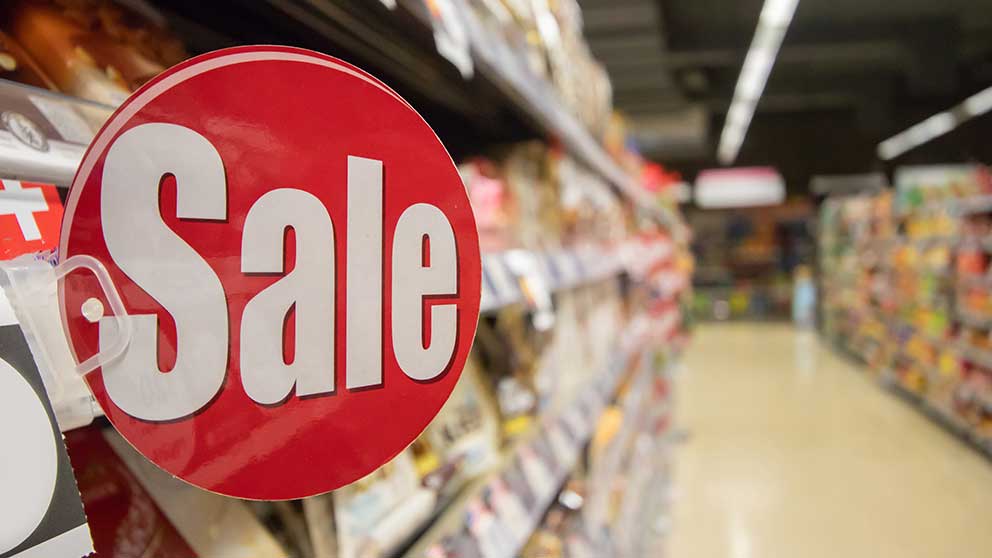How to find the right store and shelf for food product success

Developing and producing a food product is an incredible amount of work. There are complexities at every stage of the process, and often, significant investments are required before you achieve any sales. After so much effort, processors are eager to get the product into any retail environment they can. Unfortunately, this strategy often leads to disappointing sales, and in some cases, de-listings and no sales.
Finding the right store and the right shelf to sell a food product is integral to its success. You need to figure out which store, and within that store, where your product has the best chance to succeed.
Almost every product requires a program of promotion and discounts to be successful. These investments are expensive, so you should be making them in the right retail environment. Often, if you’re on the wrong shelf, it will cost you even more to generate the sales required to stay on the shelf.
Who’s buying your product?
It all starts with a definition of who’ll be buying your product. Once you have determined your target market, focus your efforts on the stores that attract these consumers, the product placement within those stores and assess the associated costs.
Retailers target different segments of the market with store formats to appeal to these shoppers. If your product is for serious cooks and compliments other premium items, it’s best suited for the specialty channel or the higher-end conventional stores. Your target consumers aren’t likely to be in a discount store or even a basic conventional store. There are certainly serious cooks who shop discount, but you’re more likely to find them in the other stores.
What’s the best department?
Once you determine the right retail formats, consider which department within the store offers the best chance of success. Some items could be in several different departments. It’s beneficial to understand how and where your target consumer shops within the store.
Here are some examples:
Your cookie product with an expensive production process is targeted at consumers with food allergies. Consumers looking for these items go to the natural food department first. Usually, there’s more informed staff as well who can explain your allergy-free option. Furthermore, your higher cost would likely result in a higher price than the competition in the grocery department, which could negatively impact your sales. You could consider the bakery department, but the high category margins would inflate your retail even more.
You have a much better chance of success in the natural food department than you do in the grocery or bakery department.
Your cheese plant can produce large volumes of product that delivers four SKUs of cow’s milk cheese with no premium or unique flavours. The deli department has higher category margins, resulting in higher retails and less volume per week. Your product would be more expensive in this department, sell less and have difficulty competing with specialty products. In the grocery department, retails are lower because the category margins are lower, and consumers buy more ‘basic’ cheese.
Your product would be best suited on the grocery department shelf.
Your dried fruit product is made with local fruit and uses less sugar in the process. These two factors make it more expensive to produce, but it has a unique flavour, and it’s better for the consumer. There’s the possibility of merchandising the product in the grocery department. However, your higher cost would result in higher retail than a national brand product. You could consider the natural food department because you make it with less sugar, and consumers looking for these products would be in this department. The third option for you would be the produce department where some retailers sell dried fruit beside the fresh commodities. Your focus on local and the health benefits of less sugar would appeal to shoppers in produce.
Because produce consumers would recognize your brand from the fresh fruit you sell into this retailer, the produce department is likely the right shelf for you.
Have you considered margins and retail price?
Retailers also require different margins in different departments. These margins support various levels of service and pay for merchandising fixtures. In the examples above, you need to consider the category margin and the retail price applied to your product.
It’s a big challenge to develop, launch and sell food products. Give yourself every opportunity for success, and get your product in the right stores and on the right shelf. Focus your efforts where you’ll find your target – those consumers most likely to purchase your products.
Article by: Peter Chapman

Understand your retailer’s temporary price reduction strategies to maximize your product’s profitability.

